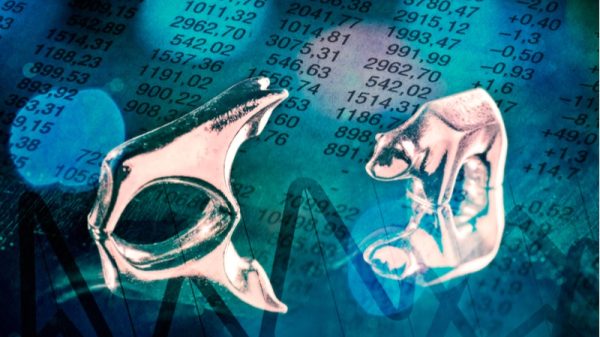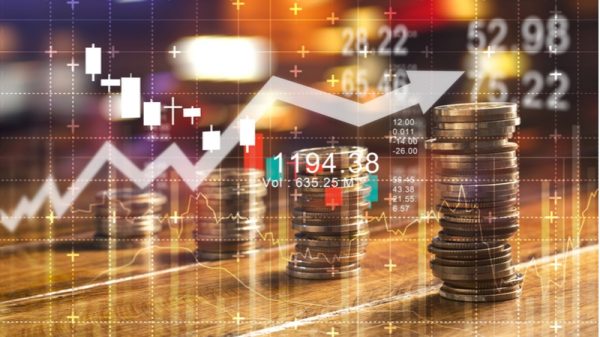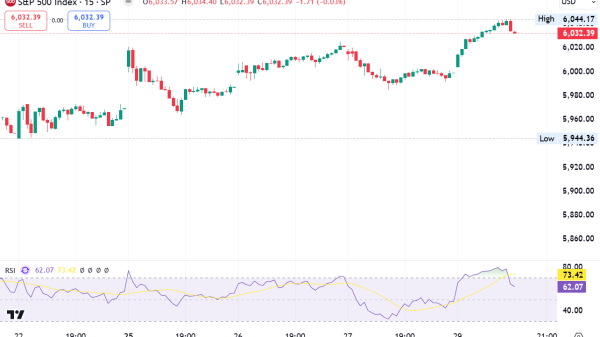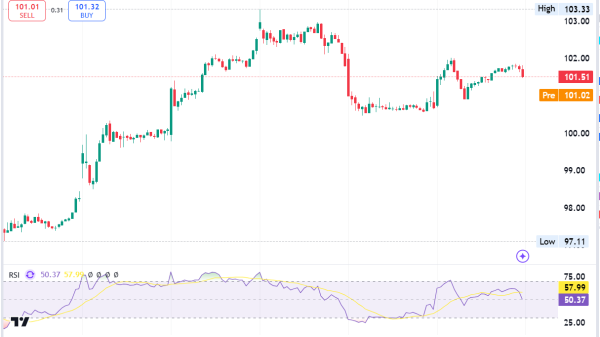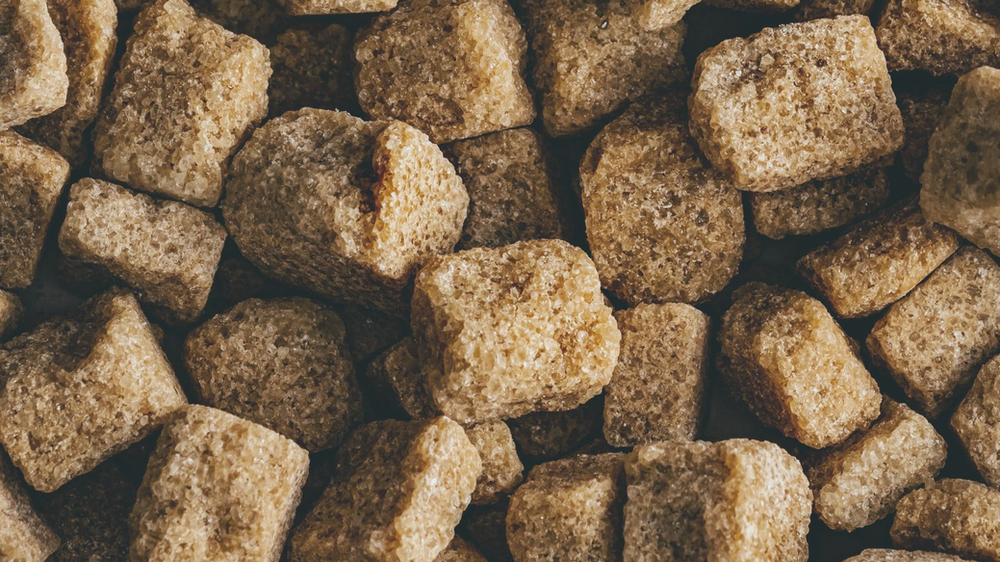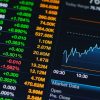Over 170 million tonnes of sugar is produced worldwide every year, about 80% from sugar cane and the remainder from sugar beet. But what is the sugar futures contract and how can you trade it?
Sugar futures are traded by farmers, processors, retailers and traders looking to hedge or speculate on the price of sugar. Want to know a bit more about sugar trading and the sugar futures contract? Read on…
What is the sugar futures contract?
In commodity trading, sugar is known as a ‘soft’ commodity, along with wheat, ,coffee, cocoa, soy beans, orange juice, ,corn and cotton. This is in contrast to the ‘hard’ commodities of precious metals and ,energies.
The sugar futures contract allows buyers and sellers to agree on a price for sugar today for delivery at a future date. Its price is an important benchmark used by the global sugar market.
Sugar futures contracts are measured in tonnes, with the standard trading unit being 50 tonnes (112,000 pounds). They are traded on commodity exchanges such as the Intercontinental Exchange (ICE).
Who trades sugar futures?
There are a number of sugar futures market participants. Sugar cane and sugar beet farmers trade to hedge against the risk of future falling sugar prices, while sugar processors and retailers use sugar futures to lock in the price of sugar they need to purchase.
Sugar traders use sugar futures as they do any other financial instrument, to speculate on price movements in the sugar market in order to make money.
The history of sugar trading
Sugar cane was first produced in Southeast Asia, and was then introduced to Europe in the Middle Ages, where it became a popular luxury item. In the 1600s, sugar cane plantations were set up in the Caribbean and the modern global sugar market was born.
Sugar beet started being breed for human consumption in Europe in the 1700s and the trading of sugar processed from beet joined the larger sugar market.
In 1762, the first sugar futures exchange was set up in London, with other major cities like New York, Hamburg and Paris following shortly after.
1919 saw prices spike during the Great Sugar Shortage in the US, after the US Government imposed price controls on sugar.
A combination of bad weather and government policies led to the Sugar and Coffee Crisis in 1974, where a global shortage of both sugar and coffee drove prices up.
Conversely, 1999 saw a sharp drop in prices when a number of producers in Brazil were found to have been selling low quality sugar as premium sugar.
Another drop in prices occurred in 2010, when weak demand, oversupply and a strong Brazilian currency, caused a collapse in sugar prices.
Trading sugar futures
Today, sugar futures trading is a global business, with sugar being one of the most traded soft communities worldwide. Major exchanges are located in London, New York and São Paulo, with trading taking place through the Intercontinental Exchange (ICE).
Trading sugar futures is one way for investors and traders to speculate on the price of sugar, and there are a range of ways to do this. Out of the various instruments available, Contracts for Difference (CFDs) is a popular choice. These have the advantage of enabling trading on margin, which allows increased exposure with lower capital.


